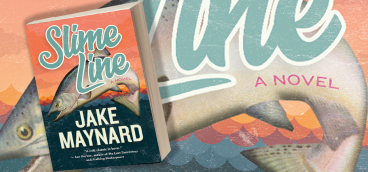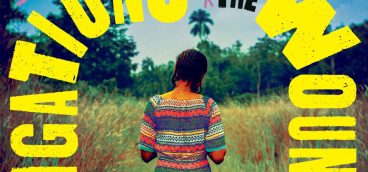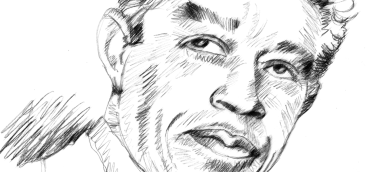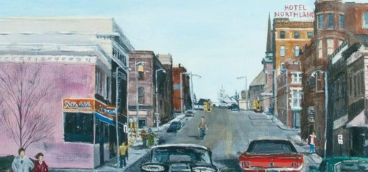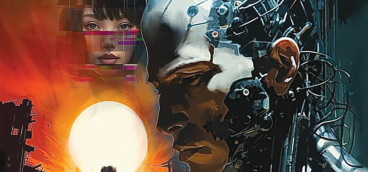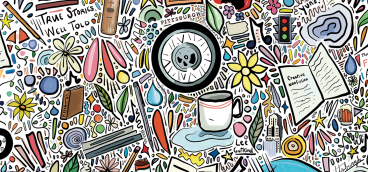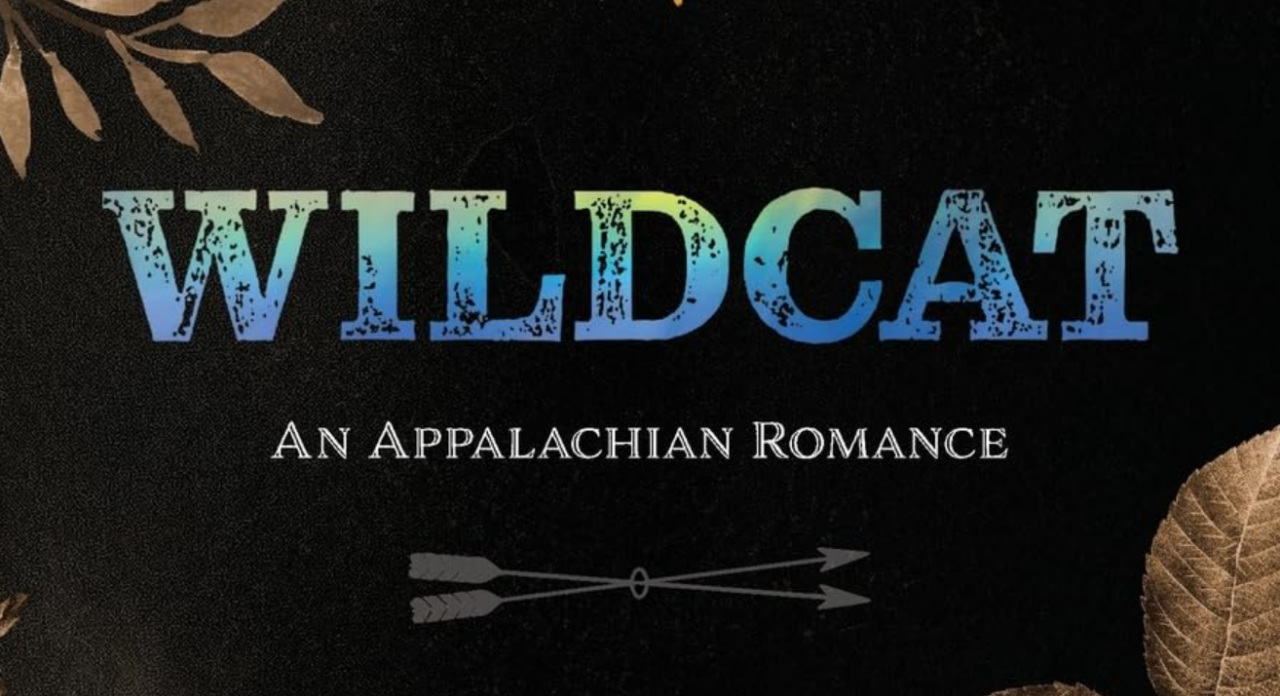
When asked in an interview with writer Deborah Kalb about the significance of the title to his recent novel, Wildcat: An Appalachian Romance, Jeffrey Dunn points to the village of Braeburn, Pennsylvania, where “there is a road called ‘Wildcat Hollow Road.’ It’s a good Appalachian name: free but threatened, just like the wildcats whose coughs, screams, and yowls are familiar to those who know these hills.” And while that characterizes the novel’s sense of place — industrial decay is replaced by a needed rebirth — the subtitle raises the expectations in ways that readers won’t see coming.
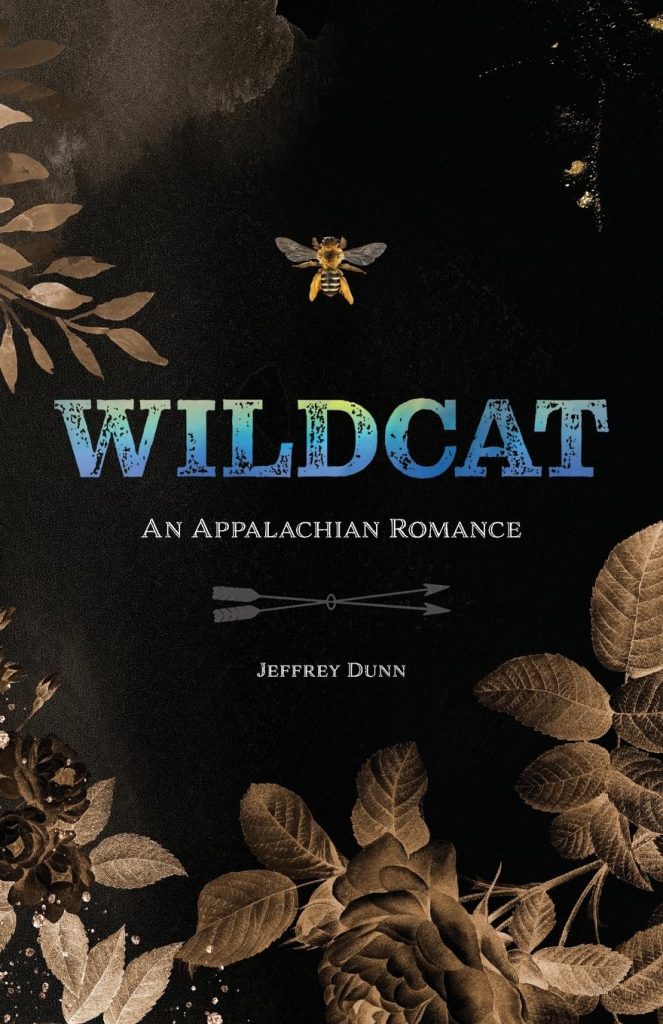
An Appalachian Romance
by Jeffrey Dunn
Izzark Ink ($19.99)
Leaning on a blend of cultural and lyrical fiction, Dunn, who was raised in the Alle-Kiski Valley, taught at Central Catholic and earned a Ph.D. in English literature at the University of Pittsburgh before finding his life’s work elsewhere, leans on the role of the outsider in the novel. He achieves this by using the first-person point of view of a retired schoolteacher, mostly referred to as “new kid,” who returns to the one place of his transient youth where he made important personal connections with both those who’d later flee and those compelled to stay, even in the face of tragedy. On one hand there’s Carolyn Zalewski, the narrator’s first love who got away and whose family life is integral for understanding the dysfunction that in some ways embodies the town. On the other hand is Dominic Vitali, the moral compass of the story whose brother Luigi died in a tragic mining accident, the same place where he’ll come to grow mushrooms decades later.
And while the “romance” of the subtitle is less bodice-ripper and more ode to a region whose towns are brave and interesting enough to reinvent themselves, there is a sense of love in the air. Dunn symbolizes Wildcat’s ethos through the way characters interact with a tamed natural world as apiaries and locally sourced food (“Wildcat food for Wildcat people”) become part of the landscape. Of the sassafras, Dunn describes it as “a member of the laurel family … a sweet, spicy smell, especially when fresh.” Here, leftover wood becomes a medium for mushroom growing, allowing Dominic “to mold mycelium and sassafras into shapes, and then he sends these shapes back to the sassafras works, the place where one thing naturally becomes another in ways that nurture Wildcat every day.” Add in a sensual scene where eating raw ramps (wild leeks) in Carolyn’s secret patch becomes unexpectedly steamy and readers will find a turning point for the characters’ growth.
Wildcat … might linger as little more than a homecoming tale without the effective use of flashback, as well as the insertion of “The Shadows,” spectral beings who look “the way someone standing behind a sheer curtain appears to someone looking from the street.” But while The Shadows are the dead who never leave, the “new kid” finds that you can go home again, into a rich and figurative landscape where “Interlopers are rare, even ones like me who lived here a short time. I feel like a bloomed-out iris in a patch of Wildcat mayapples.”



